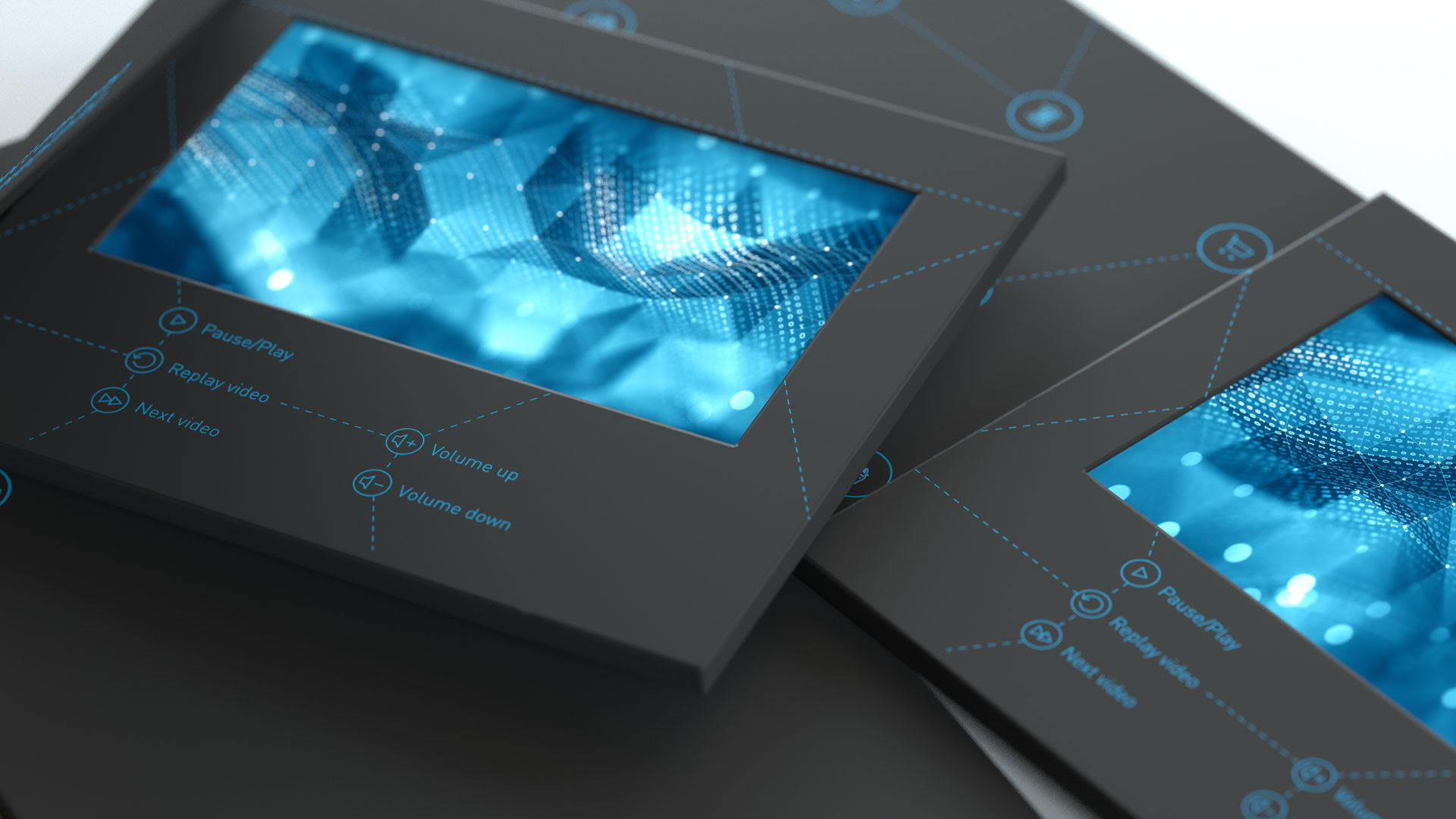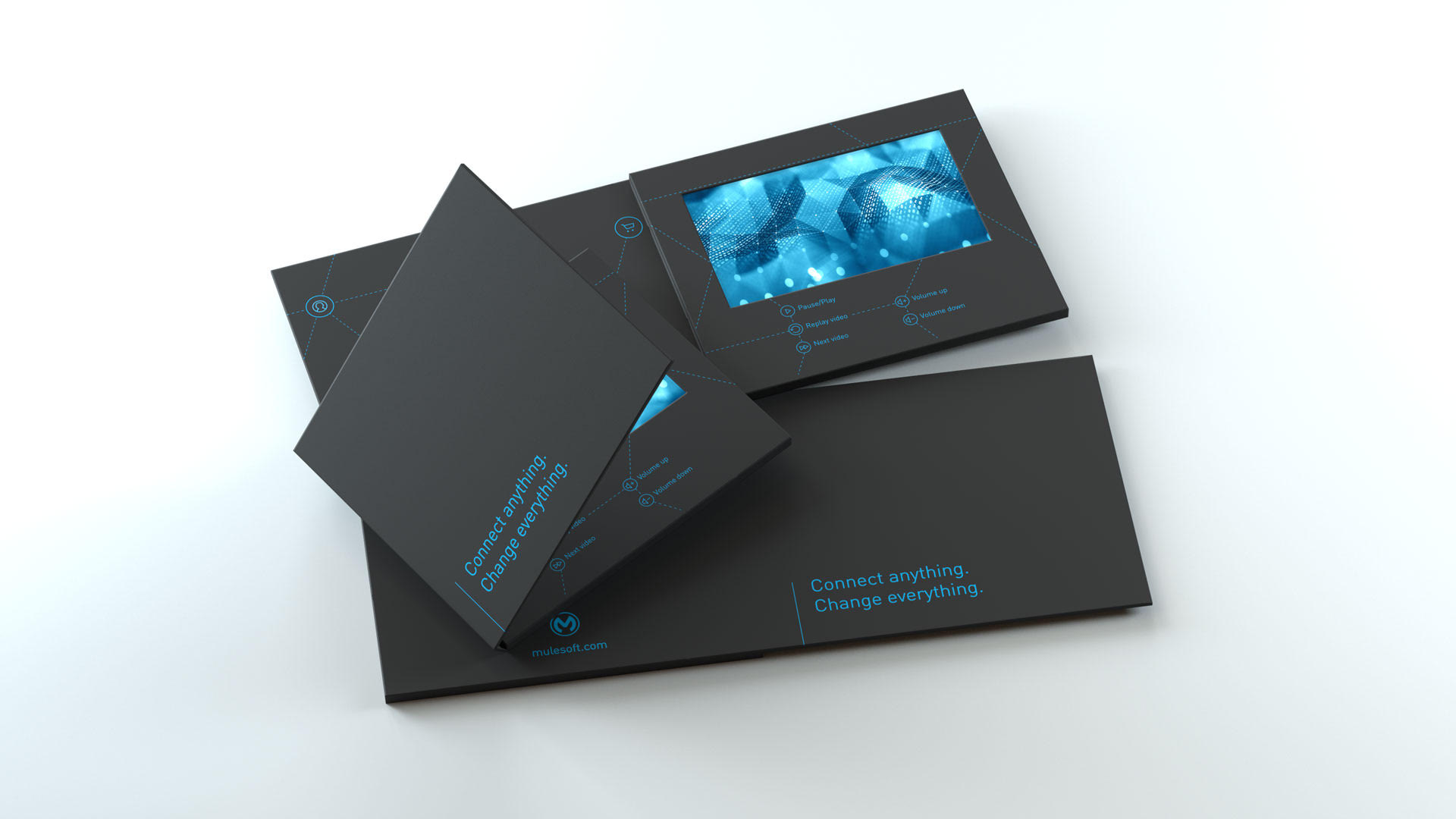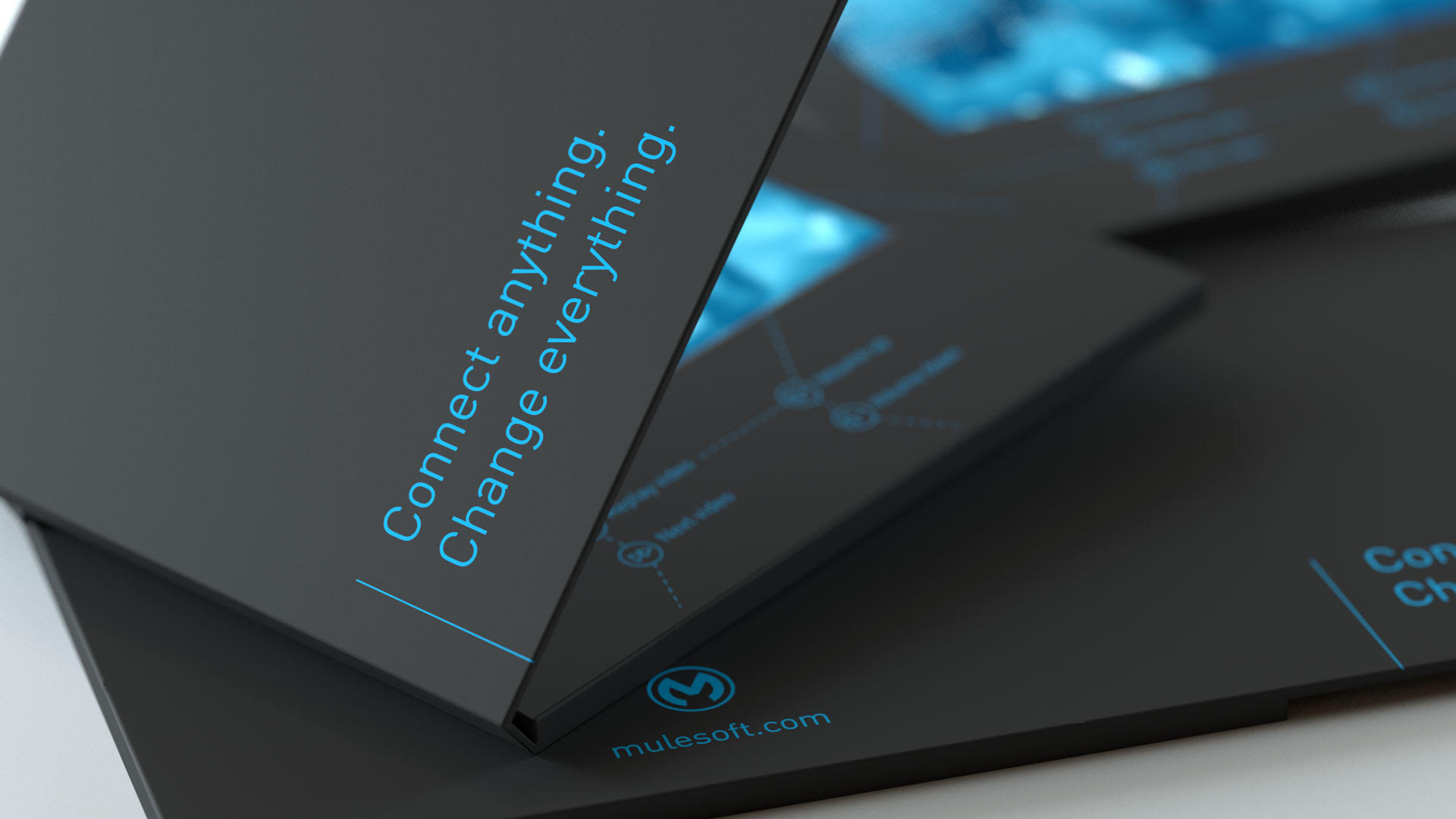Year
2018
Process
- Styleframes
- Storyboarding
- Script & Voice Over
- Production
- Post-production
Deliverables
- 3D Animation
- Video Cards
MuleSoft - Three Steps to Transform, an impactful 3D animation.
MuleSoft came to Affari with a challenge to create an impactful 3D animation, that could be re-used to target specific companies in the insurance sector. Our motion team designed a video and placed in editable elements, so that we could personalise the end product for MuleSoft for any reuse opportunities. This highly tailored ABM approach would then be hand delivered to customers by MuleSoft’s sales team in the form of a video card.
Client
Year
2018
Process
- Styleframes
- Storyboarding
- Script & Voice Over
- Production
- Post-production
Deliverables
- 3D Animation
- Video Cards
MuelSoft Three Steps to Transform, an immersive 3D animation.
MuleSoft came to Affari with a challenge to create an impactful 3D animation, that could be re-used to target specific companies in the insurance sector. Our motion team designed a video and placed in editable elements, so that we could personalise the end product for Mulesoft for any reuse opportunities. This highly tailored ABM approach would then be hand delivered to customers by MuleSoft’s sales team in the form of a video card.
Our Approach
During the lead up to the project being launched, Affari worked closely with our key stakeholders at MuleSoft to ensure that what we were delivering was going to be fit for purpose. They were in need of a video that enabled them to get a key message across to customers in the insurance sector, whilst still being able to tailor this to over 20 target accounts. This meant we had to find a way of creating a piece of content broad enough to appeal and talk to all of the accounts about key challenges, whilst also making it feel personal to them.
Pre-production
Process: Concept Development (styleframes), Storyboarding and 3D Modelling
Our Motion Team were first tasked with developing a handful of mood boards; they were used to create two alternate visual directions, which were both presented to the client. Once a route had been chosen, we began creating styleframes in parallel with a storyboard, showcasing both the narrative and our proposed look and feel for the animation.
Pre-production
Process: Concept Development (styleframes), Storyboarding and 3D Modelling
Our Motion Team were first tasked with developing a handful of mood boards; they were used to create two alternate visual directions, which were both presented to the client. Once a route had been chosen, we began creating styleframes in parallel with a storyboard, showcasing both the narrative and our proposed look and feel for the animation.
Production
Process: Cameras, Rigging, and Rendering.
As the majority of the lighting and scene preparation was done in the styleframe stage, this meant we were able to focus our resources on the core motion design. The 3D team began animating the scenes based on the storyboard narrative, which resulted in the main majority of scenes being created. Whereas, the more bespoke segments required some manual keyframe animation, in order to flow seamlessly.
Production
Process: Cameras, Rigging, and Rendering.
As the majority of the lighting and scene preparation was done in the styleframe stage, this meant we were able to focus our resources on the core motion design. The 3D team began animating the scenes based on the storyboard narrative, which resulted in the main majority of scenes being created. Whereas, the more bespoke segments required some manual keyframe animation, in order to flow seamlessly.
Post-production
Process: Editing (video & audio), Compositing and Colour Grading.
After the 3D rendering stage, the footage was bought into the compositing application; noise removal was actioned and a slight colour grade was used to rebalance the colours. This was to ensure all assets were in line with MuleSoft’s official Visual Identity. Other elements such as camera lens flares and varying types of glow, were used to give the visuals a more cinematic feel. Finally, an audio track was carefully selected and edited to fit the mood and style of the animation.
Post-production
Process: Editing (video & audio), Compositing and Colour Grading.
After the 3D rendering stage, the footage was bought into the compositing application; noise removal was actioned and a slight colour grade was used to rebalance the colours. This was to ensure all assets were in line with MuleSoft’s official Visual Identity. Other elements such as camera lens flares and varying types of glow, were used to give the visuals a more cinematic feel. Finally, an audio track was carefully selected and edited to fit the mood and style of the animation.



Interested in video production?
We bring a personal and effective approach to every project we work on.
Start a project

